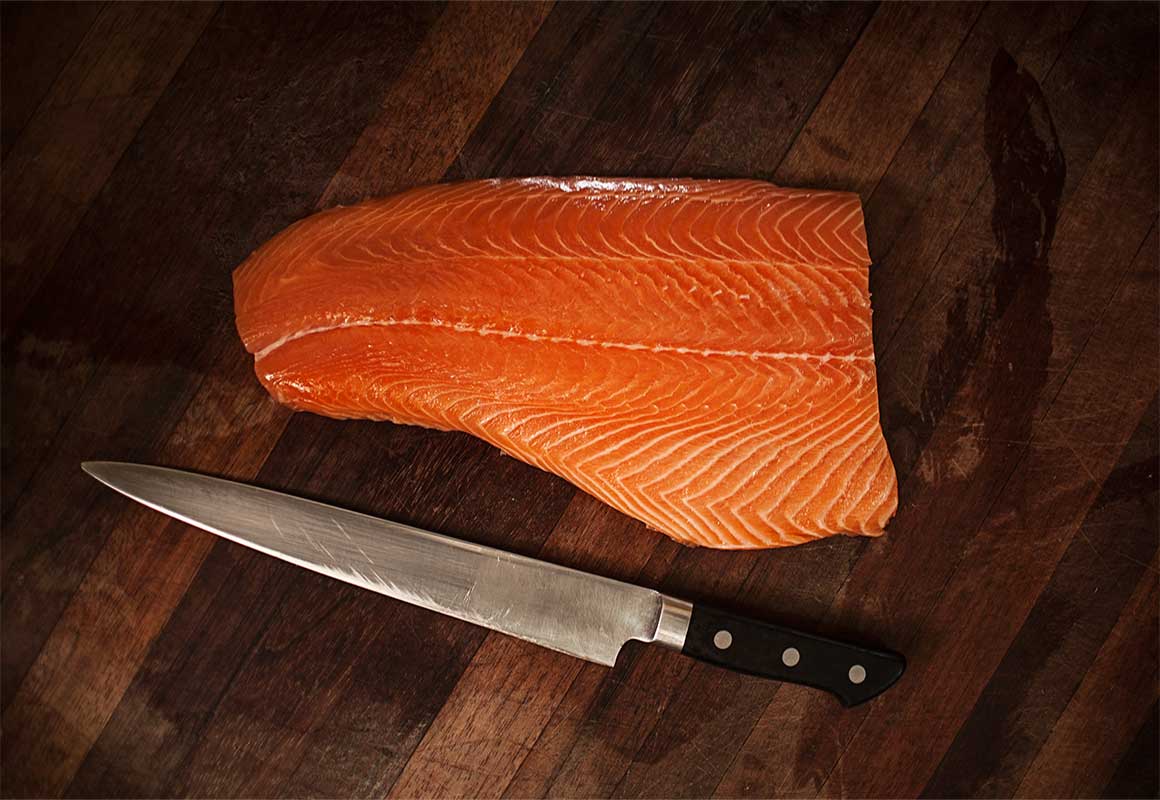During the Easter season in the Caribbean, fish takes a turn front and centre on the menu as many refrain from eating meat. Whether fried, stewed, escoveitched, steamed, grilled, panfried, stuffed and baked, roasted, or made into pie – it’s all about fish, fish and more fish!
How to Buy It
Fish should always be fresh and should never smell ‘fishy’!
If it does smell, it’s not good – toss it. Fresh fish should smell of clean water, or a little briny. It is normal to have a faint smell of the ocean but in a most pleasant way.
As a preference, always opt to buy fresh fish. The eyes should be clear and well rounded, not dark or sunken; gills should be bright red and not dark and slimy. Its flesh should be springy (if gently poked it should bounce back) and not sunken.
How to Prepare It
What’s done with the fish before cooking will be determined by how you plan to cook it!
Ask your fishmonger to clean and cut the fish for you if you aren’t comfortable doing it yourself. It is traditional in the Caribbean and other parts of the world to wash the fish in a concoction of lime and salt. Leaving it too long in the acid can cook the fish – you’ll see it turn white. If you must and insist on cleaning your fish with lime and salt, do so in a large bowl of water; whirl the fish around for 30 seconds, rinse and pat dry.
Most fish dishes are made the same day that the fish is bought so there is generally no need for long marinating but if making fried fish, you can marinate and keep it covered in the refrigerator. Do not do so for more than 24 hours. When ready to cook, bring it up to room temperature.
Use the same technique for grilling. In both cases – frying and grilling – the fish can be cooked immediately after seasoning. Most recipes will advise you on any particular steps you’ll need to take to prepare the fish for cooking.
How to Cook It
Fish is finished cooking when it is done to your likeness.
There is a rule of thumb that says fish should be cooked for 10 minutes per inch of thickness. Test for doneness by poking the thickest part of the fish with the tip of a small knife, if it gives way easily it’s done, if slightly resistant you can remove the fish from the heat because it will continue to cook for another 2 minutes (carry-over cooking).
The flesh of fresh fish is opaque when cooked and translucent (clear) when uncooked. Some fatty fish like fresh tuna and salmon are better when a little less done.
How to Eat It
Vary the beverage depending on the kind of fish preparation.
Beers (dark and light), white wines like Chardonnay, and cocktails with sweet, acidic, or citrus tones go well with fish. Go with light fruity flavours for grilled, steamed or baked fish.
Fish in Season:
– Blue and White Marlin
– Dolphin (Dorado)
– Jewfish (Congalee)
– Swordfish
– Red Snapper
– Flying Fish
Here are four fish dishes to add to your Easter menu:
Fish In Parchment Paper
Get the recipe for Fish in Parchment Paper »
Poisson Creole or Creole Fish
 Get the recipe for Poisson Creole »
Get the recipe for Poisson Creole »
Steamed Fish with Chive & Lemongrass Butter
 Get the recipe for Steamed Fish with Chive & Lemongrass Butter »
Get the recipe for Steamed Fish with Chive & Lemongrass Butter »
Steamed Fish with Okra
Get the recipe for Steamed Fish with Okra »



